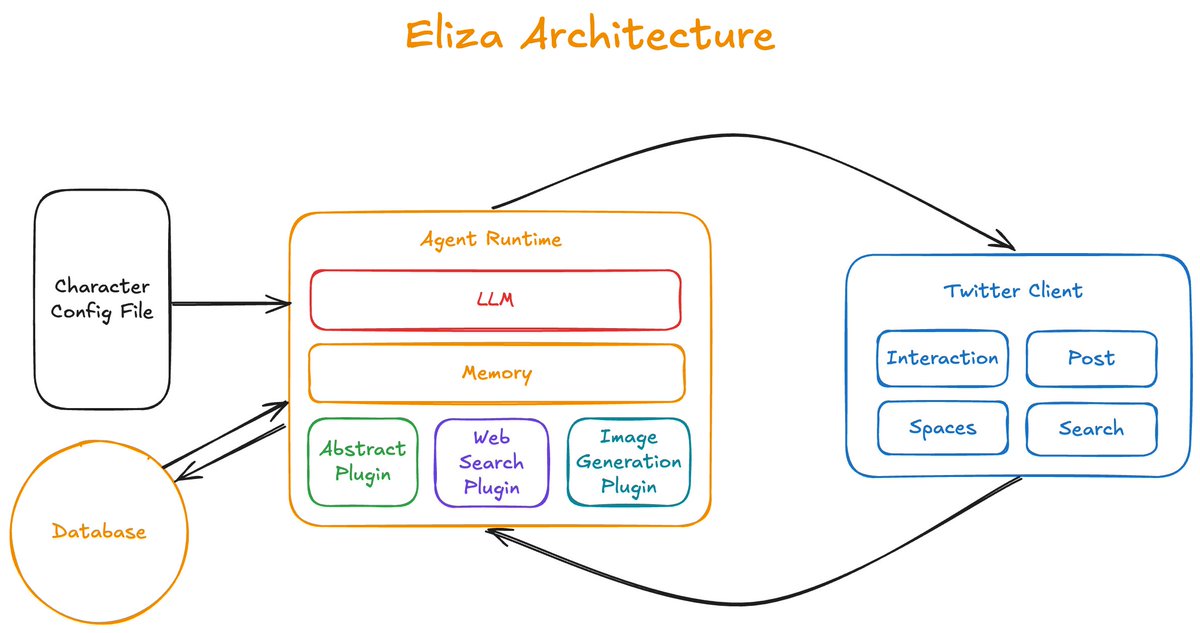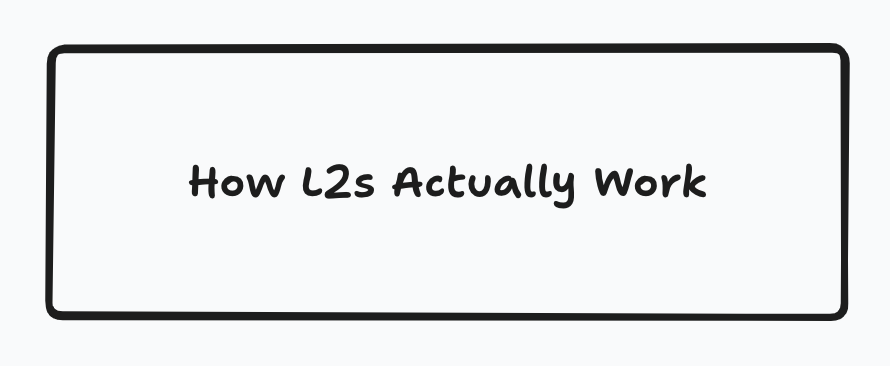I don't think people realize how expensive it is to spin up a new chain.
The cost is easily in the tens of millions of dollars if you want the best infrastructure providers (indexers, rpcs, explorers, wallets etc) for your builders and users.
And then you need to build a competent team that can create a successful ecosystem and useful tooling so there's something to do on the chain.
And then you need to actually cover the costs to operate the chain (sequencers for L2s or validators for L1s).
On top of that, there are numerous legal fees to make sure the chain and its orgs are setup in a proper manner.
Yes, physically launching an L2 is pretty easy and cheap today thanks to raas partners. You'll even get a pretty decent set of infra integrations for cheap. However, that's really only a portion of the costs needed to build a successful chain.
This is why I don't think we'll end up in a world with 1000s of chains, I think the reality is we'll end up with a couple hundred chains at all times.
The cost is easily in the tens of millions of dollars if you want the best infrastructure providers (indexers, rpcs, explorers, wallets etc) for your builders and users.
And then you need to build a competent team that can create a successful ecosystem and useful tooling so there's something to do on the chain.
And then you need to actually cover the costs to operate the chain (sequencers for L2s or validators for L1s).
On top of that, there are numerous legal fees to make sure the chain and its orgs are setup in a proper manner.
Yes, physically launching an L2 is pretty easy and cheap today thanks to raas partners. You'll even get a pretty decent set of infra integrations for cheap. However, that's really only a portion of the costs needed to build a successful chain.
This is why I don't think we'll end up in a world with 1000s of chains, I think the reality is we'll end up with a couple hundred chains at all times.
• • •
Missing some Tweet in this thread? You can try to
force a refresh

















